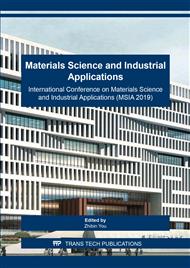p.65
p.72
p.80
p.88
p.95
p.101
p.115
p.121
p.127
Comparison between the Use of Aluminum and Composites in the Design of a Wing-Spar of an Airplane
Abstract:
In this paper a comparison between the results of the stress analysis of wing spar of metallic and composite materials has been done in order to assess how the use of composites modifies the weight and strength of the structure. To perform this assessment, the Ansys tutorial program was used to check our results for metallic and composite materials. This test was made for different arrangements of composite material to reach the best design of the composite spar to use it in manufacturing airplanes. There is a large amount of analysis and validation performed at the certification to demonstrate the Airworthiness requirements of aircraft structure so that, the composites have been subject of permanent interest of various specialists at the previous years. This secures the safe operation of the airplane under standard operating environments and also load conditions that the aircraft is intended to operate through its design service life. It is a trial to prove that the composites have a lot of advantages in the manufacturing process.
Info:
Periodical:
Pages:
95-100
Citation:
Online since:
May 2019
Authors:
Keywords:
Price:
Сopyright:
© 2019 Trans Tech Publications Ltd. All Rights Reserved
Share:
Citation:


